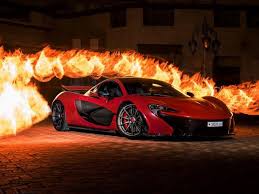paper 1
Cards (108)
- What are the two main categories of economic offerings?
- What is the difference between goods and services?
- What are examples of needs?
- What are examples of wants?
- What are the factors of production?
- What does opportunity cost refer to?
- What are the three business sectors?
- What is included in the secondary sector?
- Give an example of a tertiary service.
- What are some characteristics of an entrepreneur?
- What are some objectives of an entrepreneur?
- What does dynamic change refer to in business?
- What does Telly stand for in the context of dynamic change?
- What are the forms of business ownership?
- What is a disadvantage of sole traders and partnerships?
- What is the advantage of private and public limited companies?
- What does profit distribution refer to in public limited companies?
- What is a key advantage of public limited companies?
- What is the divorce of ownership and control in public limited companies?
- How can a business access additional sources of finance?
- What are some common business objectives?
- How do business objectives evolve over time?
- What are stakeholders in a business context?
- What might be a conflict between stakeholders?
- What factors influence business location?
- What are fixed costs?
- What are variable costs?
- What is the formula for total cost?
- What is the purpose of creating business plans?
- What are some issues with business plans?
- What are the two methods of business growth?
- What is an example of internal growth?
- What is an example of external growth?
- What are economies of scale?
- What are purchasing economies of scale?
- What are technical economies of scale?
- What happens if a business grows too rapidly?
- What is the impact of technology on business communication?
- What are some environmental considerations for businesses?
- What are the three types of legislation businesses should be aware of?
